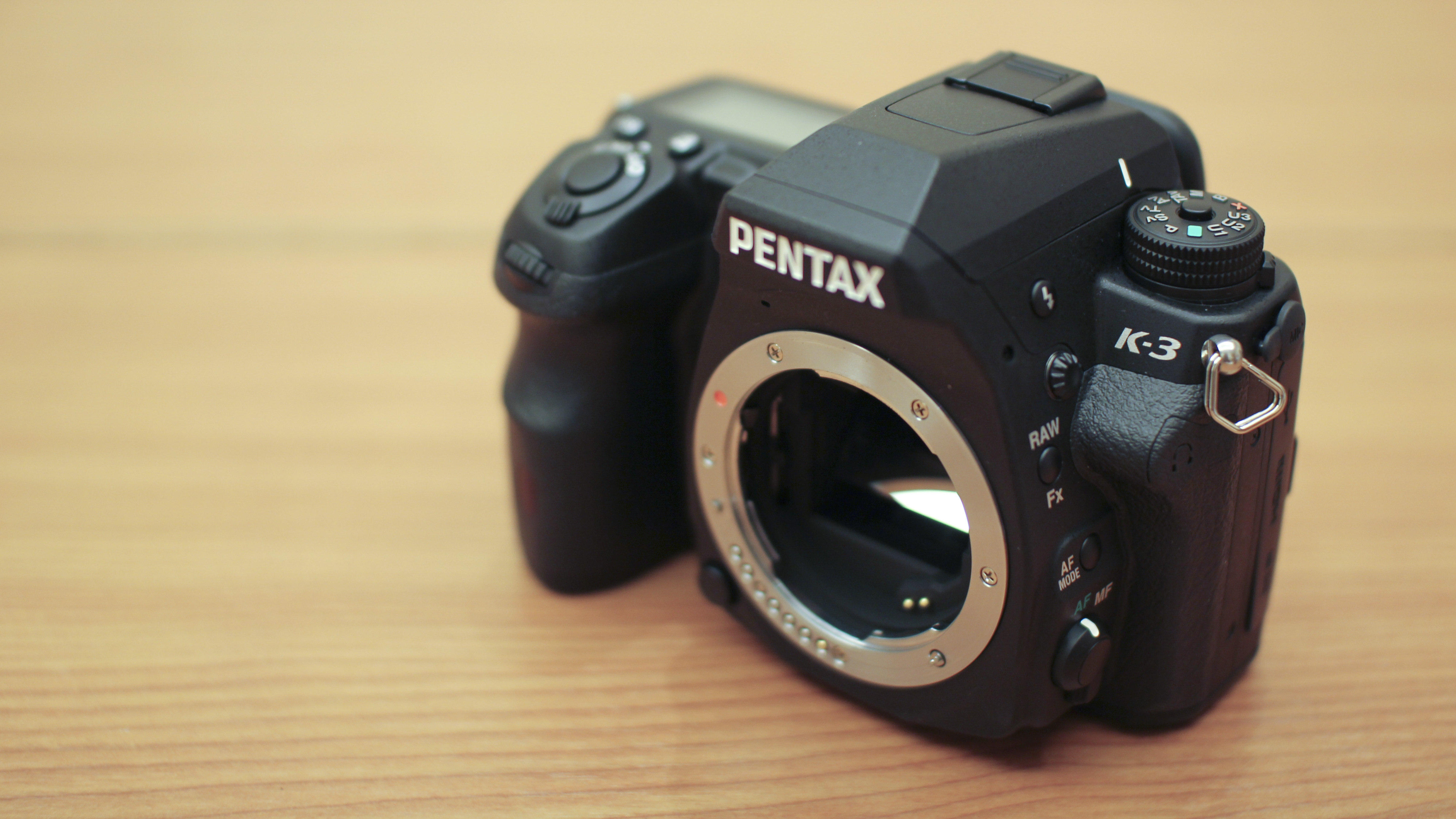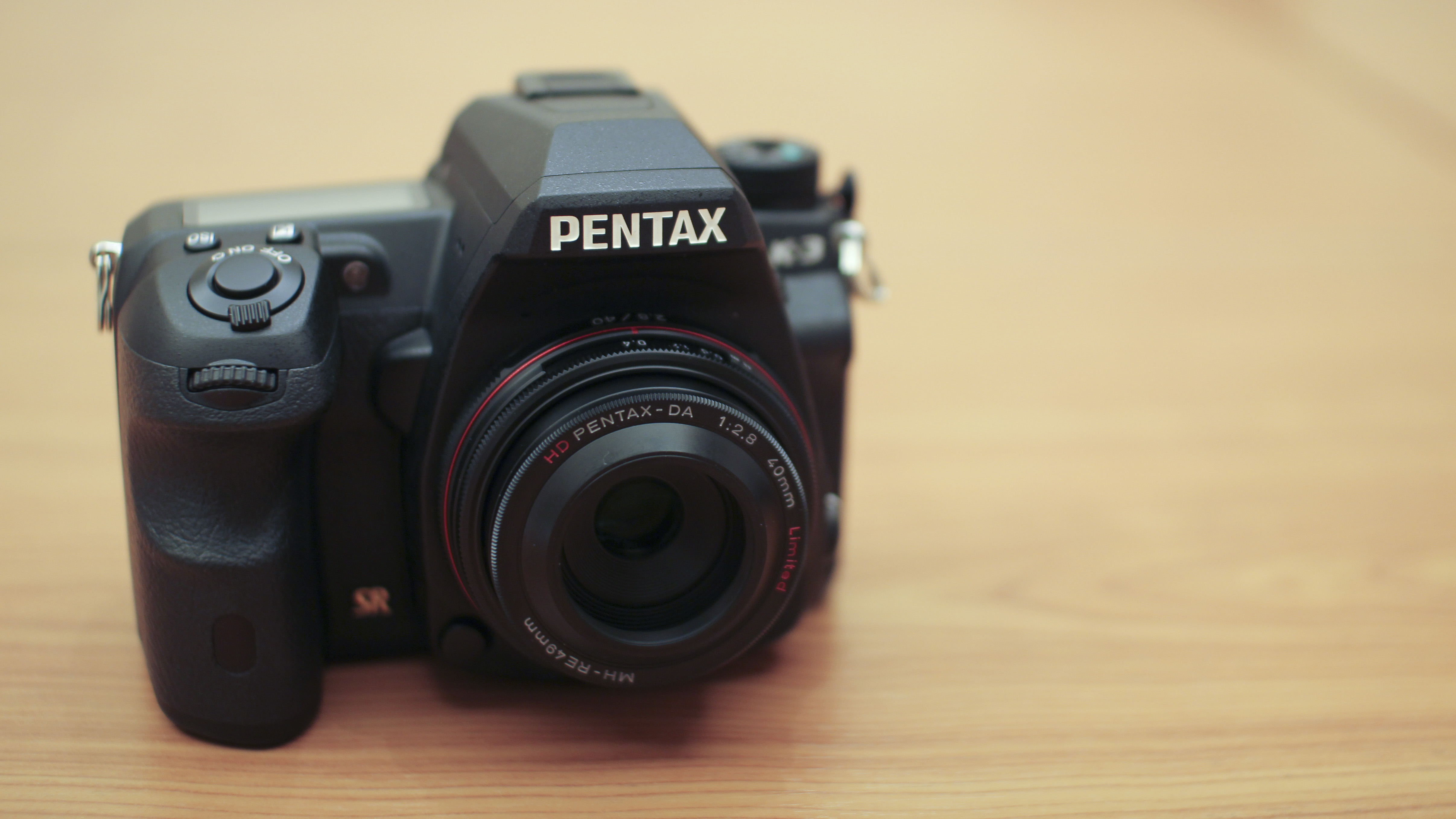Why you can trust TechRadar
Pentax is a company that's keen to draw attention from the big players, Canon and Nikon, in this market. To some extent, the K-3 does an excellent job of that, offering a lot of interesting specification for your money.
There's a lot to appeal here, including the weatherproof body, 100% viewfinder and the Sony sensor.
On the whole, images are great. There's lots of detail resolved by that sensor, especially as there's no anti-aliasing filter. We were also pleased not to find any evidence of moire patterning appearing, even without the anti-aliasing filter simulator activated.
Colours are also well reproduced, with nicely saturated, but accurate tones. The camera's automatic white balance system does a good job. The K-3's metering system suffers from the same problem as other Pentax cameras, in that it tends to underexpose in high contrast conditions, but at least this does have the benefit of protecting highlights. As the camera's raw format is the universal DNG format, at least you don't have to worry about waiting for an upgrade to your editing software, you can get to work on them straightaway.

Noise performance is also good, with images shot at the lower sensitivities appearing noise-free. If you travel up the sensitivity scale, there are some examples of image smoothing creating a painterly effect, but it's only particularly noticeable if closely examining images at 100%. For most average printing and web sharing sizes, there's no problem.
Unfortunately however, we can't overlook the problem of chromatic aberration appearing on images – some examples of which have been included on the sample images page of this review. Although chromatic aberration usually indicates a problem with the lens, we found it occurring even when using different optics, which seems strange. To confirm this as a problem, we asked for a second review unit which also displayed this tendency.
Moving away from image quality, handling of the camera is great. The K-3 feels very intuitive to use, and it's the little touches (like the green button to reset certain settings) that make it a joy to use. There's plenty of buttons and dials to appeal to traditionalist users, while the menu system is sensibly laid out.
Sign up for breaking news, reviews, opinion, top tech deals, and more.
Setting the autofocus point is pretty easy, and it's nice to be able to quickly change the function of certain buttons when you need to.
Having a 100% viewfinder is nice to see on a camera at this price point, and is something that neither of its biggest rivals – the Canon EOS 70D and Nikon D7100 – can offer. It may seem like a small point, but having complete confidence in what will end up in a final image can make a big difference.
It's a shame not to have a touch-sensitive screen, but it's even more of a shame that the screen is fixed. Although the Nikon D7100 also has a fixed device, the Canon 70D's articulating device offers a lot more flexibility, both in terms of shooting from awkward angles and when creating videos. It also means you can fold away the screen into the body when not in use, something that, given this camera's rugged credentials, would have been nice.
We liked
On paper, the K-3 offers a lot for your money. There's a decent range of specifications on offer here, and it's nice to see weatherproofing on a camera at this price point. This would make the ideal choice for landscape photographers, or those who spend a lot of time photographing outdoor subjects and like to be out in all weather. It's a shame that some lenses are a little noisy when focusing, which may prove a distraction for nature photographers.
We disliked
The biggest problem with this camera is the chromatic aberration issue, which was not solved by switching lens or cameras. It's not a problem if you're not photographing high contrast scenes, but if you are, and want to print large, then your images could be marred by this problem.
Verdict
Since the biggest selling point of this camera is its weatherproofing credentials, it makes sense to buy it with the 18-135mm WR (weather resistant) lens, otherwise it's only the body that can withstand water. This makes it a little more expensive than if you were to buy it with an 18-55mm standard kit lens.
Happily, image quality is pretty good in the majority of conditions, and handling is intuitive. While Pentax hasn't done quite enough to drag attention firmly away from Canon and Nikon, it is making moves in the right direction.

Amy has been writing about cameras, photography and associated tech since 2009. Amy was once part of the photography testing team for Future Publishing working across TechRadar, Digital Camera, PhotoPlus, N Photo and Photography Week. For her photography, she has won awards and has been exhibited. She often partakes in unusual projects - including one intense year where she used a different camera every single day. Amy is currently the Features Editor at Amateur Photographer magazine, and in her increasingly little spare time works across a number of high-profile publications including Wired, Stuff, Digital Camera World, Expert Reviews, and just a little off-tangent, PetsRadar.
